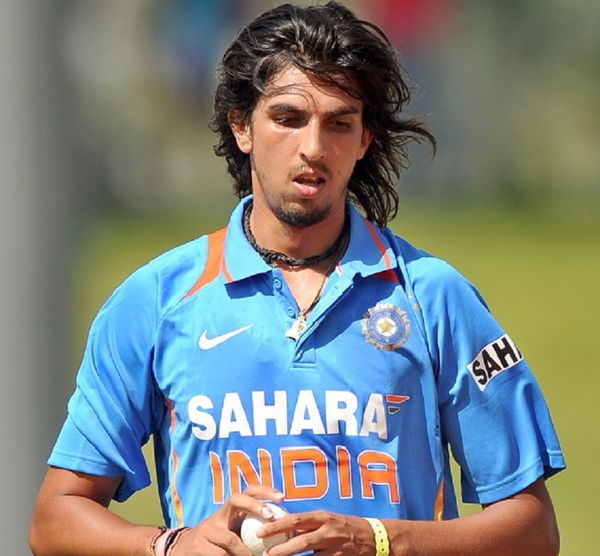
via Imago
Ishant Sharma likely to be replaced

via Imago
Ishant Sharma likely to be replaced
Ishant Sharma has become the walking contradiction of Indian Cricket. What happened to the Delhi lad who was once compared to the likes of Curtly Ambrose and Javagal Srinath? What happened to those full-length deliveries which used to nip back in, close to the body and beat Ponting? Has it become just a cricketing folklore now? Ponting wrote in his ‘Captain’s Diary 2008’, “Tall, lean, ultra-impressive Ishant Sharma, playing just his fourth Test and still eight-and-a-half months short of his 20th birthday, had bowled an awesome spell to me: seven overs when he was fast, aggressive and relentless, where I never felt as if I was truly ‘in’.”
That series was a game-changer for Ishant. He was being deemed as the ‘one true partner’ for Zaheer who was prolific with the ball, however, lacking the necessary support from the other end. Ishant was the future of Indian bowling; with his high-arm action, he could generate that extra pace and bounce on the flattest of turfs, a feat no other Indian bowler could even dream of. It wasn’t long before Ishant became the archetypical case of Indian bowlers who make an entry with speeds around the 145-150 kmph. mark and dumped along with the scrap of medium pacers with speeds around the 130 kmph. mark. Perhaps it is the way Indian Cricket has looked at the bowling department; perhaps it was Ishant’s mistake to try mimic Zaheer’s action to get more swing. Ishant’s career took a turn for the worse. There have been many great bowlers who’ve lost pace and understandably so, however it is one thing to lose pace but losing your rhythm was completely a whole new ball game, quite literally so. If you closely observe Ishant these days, it wouldn’t be a Herculean task to identify that most of Ishant’s wickets are batsman novelties, trying to push the run-rate, miscue a delivery or so; not due to clever variations in pace and bounce or outsmarting the batsman.
Luckily, under Eric Simmons, Ishant tried to get his pace back and improved it to the 135-140 mark, but his bowling still seemed to be highly ineffective. In March 2012, he underwent a surgery on his ankle that had been troubling him for over a year. Due to Zaheer’s bad form post the World Cup, Ishant was the backbone of the Indian bowling attack. Later in the IPL 2013, Ishant conceded the most runs in a match in IPL, upto that point, conceding 66 runs in 4 overs.
Perhaps the pressure of expectations has worn off his effectiveness. That being said, Ishant is crucial to India’s future prospects as far as the shambolic bowling department is concerned. Perhaps cutting T20s out of his future plan would be the way to go for Ishant. Being the most experienced campaigner in the Indian bowling attack, it’s high time that Ishant takes up the responsibility of focussing on Test Cricket and ODIs, working on his bowling and getting back his god forsaken lost rhythm.
On the positive side, Ishant, 26, still has age by his side. Ishant Sharma will play a monumental role in taking the Indian bowling attack forward, encouraging and guiding youngsters, thus strengthening the Indian bowling attack. Of course, Ishant hasn’t delivered to the degree expected off him, however only time can tell if he turns out to be a salvation, “And call upon me in the day of trouble: I will deliver thee, and thou shalt glorify me.”
edited by Bhavna Rachuri
ADVERTISEMENT
ADVERTISEMENT
ADVERTISEMENT
ADVERTISEMENT

